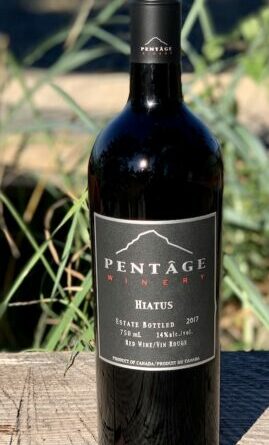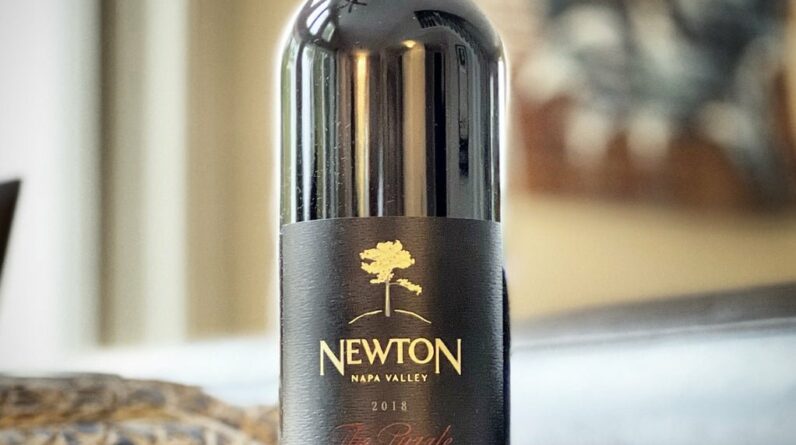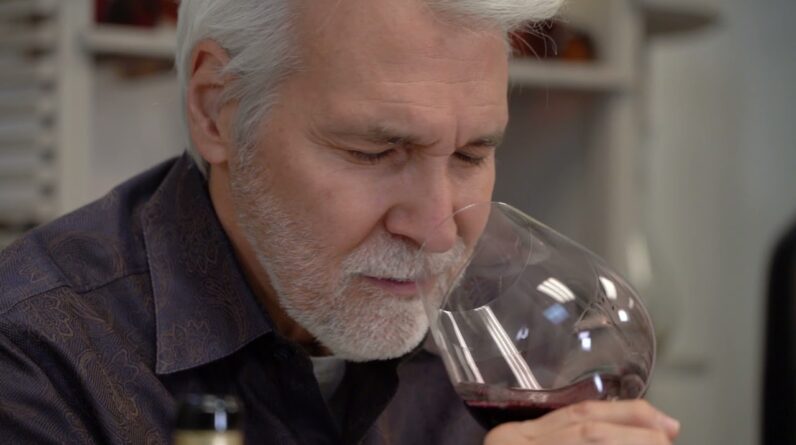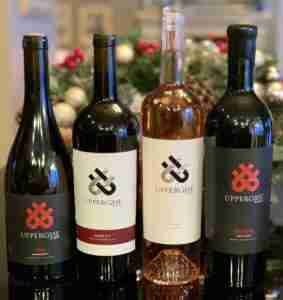[ad_1]

Lambrusco, the effervescent red wine from Italy, is in the midst of an exciting renaissance. In recent years, the wine, once known as a mass-produced, inexpensive, sugary-sweet beverage, is shedding its poor image and now being made in several complex, fresh and dry versions.
Beginning in the 1970s, the sweet, industrialized type of Lambrusco became very popular, especially in the sugar-loving United States market, promoted by the giant Riunite company, whose catchy campaign slogan, “Riunite on ice, Riunite so nice” remains memorable nearly fifty years later.
During the ‘80s and 90s, even talking about dry Lambrusco was unthinkable for most of its producers, as the sweet version had become the region’s bread and butter. However, by the turn of the 21st century it was evident that a change was in the air and, increasingly, consumers were looking for drier, better-made wines.
Producers soon noted that the time was right to return to their traditional pre-1970s roots by producing smaller amounts of quality-driven wines. Today, Lambrusco comes in both dry and sweet styles, with the best considered to be dry (secco), although good versions can be found in the off-dry (semi-secco) and semi-sweet (amabile) categories as well.
No More Faking It
“Real Lambrusco is back,” wrote Eric Asimov in the New York Times in 2017. “These wines have little to do with the sickly sweet beverages that dominated the market in the 1980s. Real Lambrusco is a fresh, dry, earthy, effervescent red, with a slight bitterness that goes beautifully with the rich cuisine of Emilia-Romagna, its home region in north-central Italy.”
In the five years since Asimov’s article, Lambrusco, the “real” kind, has continued to gain in popularity, particularly among those in the know in cosmopolitan cities. However, even in New York City, it’s not always easy to find a bottle of Lambrusco on a wine list, even at Italian restaurants. Fortunately though, most wine shops carry a decent Lambrusco or two.
At Marta, a restaurant in Manhattan that specializes in modern Italian fare, there is one Lambrusco on the mostly Italian wine list. “Surprisingly,” says Alyssa Monturi, sommelier at Manhattan’s Marta restaurant, “it still seems as if many New Yorkers are unaware that this ‘violet Italian sparkling magic’ exists. However, once introduced to Lambrusco, they are hooked.”
A Family Affair
The word lambrusco derives from the Latin labrusca, which means “wild,” and the grape is believed to have descended from domesticated wild Italian vines. Most Lambrusco wine is made from a family of commonly found varieties (clones) which includes two of the most popular, Grasparossa and Sorbara, as well as many others including Salamino (the most widely planted), Maestri, Montericco and Marani.
The wine’s color and flavor are largely determined by the varieties used. For example, the Sorbara variety produces the lightest-hued wines (many are a light orangy pink) that are delicately fragrant and floral with a lively acidity, whereas Grasparossa makes dark purplish-red colored wines that are textured, full-bodied and creamy with flavors of dark cherry and plum. Lambrusco is often made from a blend of two or more varieties, giving winemakers the ability to craft signature styles of the wine.









